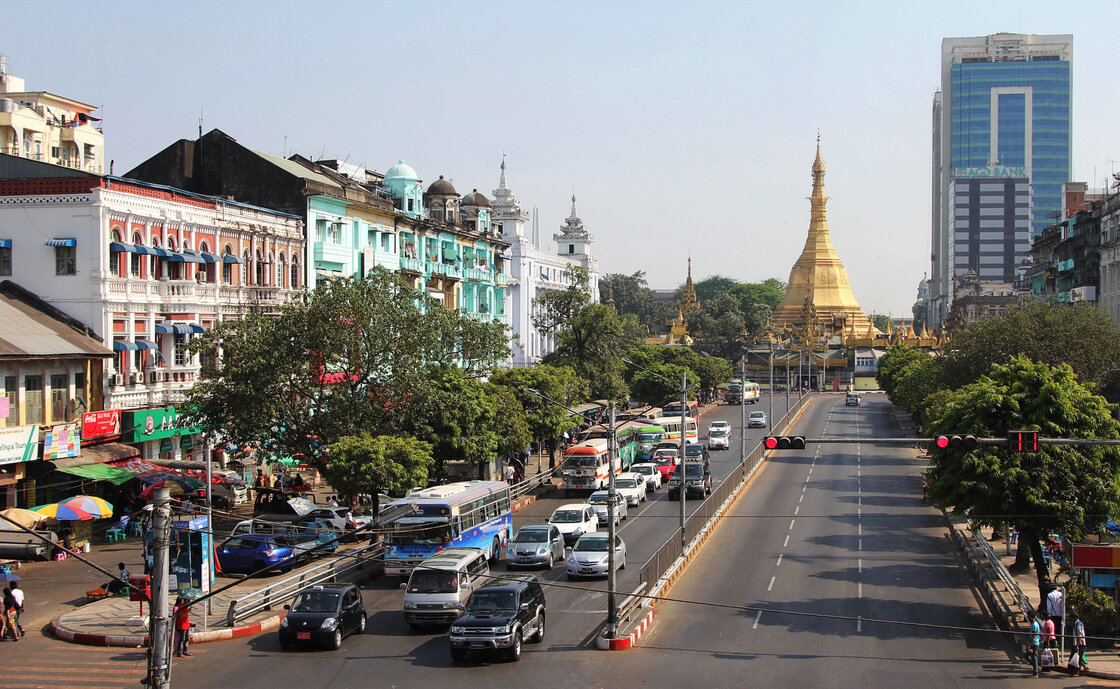Submitted by WA Contents
As Myanmar Modernizes, Architectural Gems Are Endangered
United Kingdom Architecture News - Jun 05, 2014 - 12:52 2228 views

At the center of Yangon, the city's colonial heritage, Buddhist faith and emerging modern face are visible in a single block.
Decades of socialism and military rule kept Myanmar — or Burma, as it was known — poor and isolated.
There was one upside, though. The economy was so lousy, there was no drive to demolish the big British colonial buildings in Yangon, Myanmar's largest city, and replace them with the glass and steel towers that now define much of the skylines in East Asia.
Today, downtown Yangon looks refreshingly different from practically every other sizable city in Southeast Asia. It's a colonial time capsule with block after block of old buildings featuring columns, domes, balconies, art deco trim, even a clock tower.
Myanmar has opened up its political system, improved its relationship with the West and ushered in a real estate boom in the past several years. That's mostly good news for Yangon, but not for its remarkable architectural heritage, which has come into the cross hairs of developers trying to cash in on rising land prices.
"These buildings are priceless," says Tint Lwin, who has taught English in a colonial-era building along the city's Pansodan Street for more than three decades. The building, constructed by a Baghdadi Jewish trader around 1906, has ocher-colored walls and Corinthian columns.
Tint Lwin loves the atmosphere of the neighborhood, but worries it won't last. A modern mid-rise is going up across the road. The walls in his building are pitted with black mold, and rain has saturated some ceilings, leaving gaping holes.
"I feel very unhappy because of the negligence," says Tint Lwin, who, like most Burmese men, wears a longyi, a traditional wraparound skirt. He says if the building's roof isn't fixed properly, "the rain will leak and destroy the whole structure."
The British, who ruled Burma for decades, constructed most of these buildings in their own image. But Tint Lwin doesn't see them as symbols of oppression; he sees them as part of Myanmar's heritage.
"You can't be xenophobic," he says, echoing the pragmatism of many here. "These are our assets. This British architecture is a unique one. Almost all in Myanmar like these buildings."...Continue Reading
> via NPR
